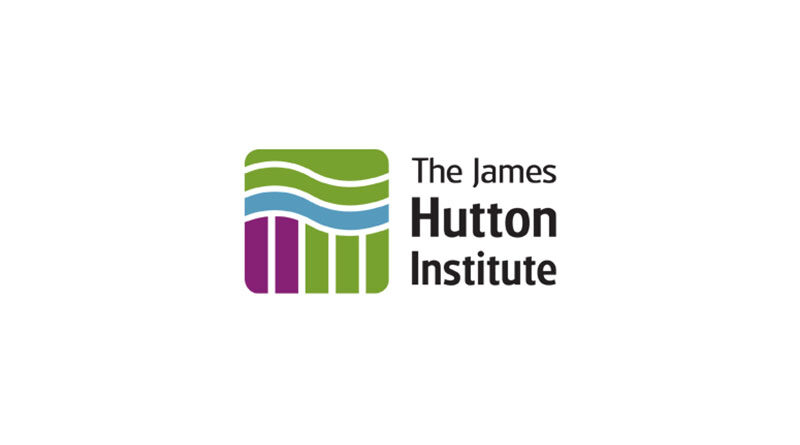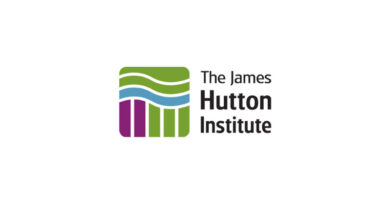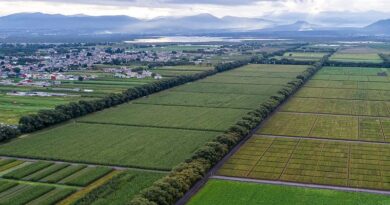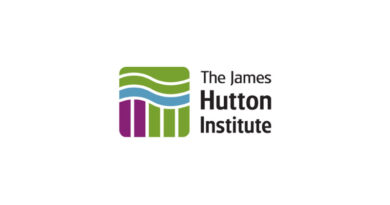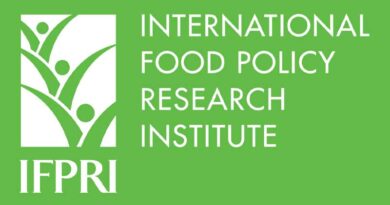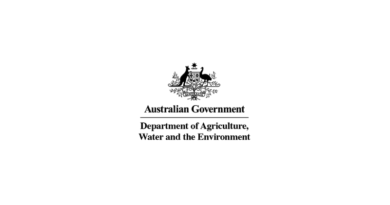‘Rock On Soils’ shows potential for better carbon sequestration and soil biodiversity
05 April 2021, UK: A research project examining the potential of using crushed basic silicate rocks as a soil input, for enhanced carbon sequestration and soil biodiversity, has reported positive results.
The Rock on Soils initiative, led by the Scottish Organic Producers Association (SOPA) and supported by the James Hutton Institute, was run with funding from the Knowledge Transfer and Innovation Fund (KTIF) and saw scientists and farmers working together with three main objectives: to monitor the impacts of applying silicate rock on soils; to bring together a network of innovative farmers to help identify potential barriers of using the silicate rock on farm; and to develop a mobile app to calculate the carbon capture and storage potential of fields when the product is applied.
Besides SOPA and the James Hutton Institute, the project included researchers from Abertay University, the University of Dundee, and the Geoscience department of German institution Forschungszentrum Juelich, with additional farmer involvement, including from Alex Brewster of Rotmell Farm who is the Farm Carbon Toolkit and Innovation for Agriculture 2020 Soil Farmer of the Year.
Project results, presented by the science team, show that the most significant change seen on the test site has been in soil microbiology. The area that received crushed basic silicate rock has a more balanced and higher value microbial biodiversity.
With access to the latest DNA techniques, the team looked at what roles these microbes have in the soil. The data revealed an increase in microbes that sequester carbon, help provide nitrogen, phosphorous and potassium for plants and an increase in microbes that help defend our crops from pests and diseases. This positive effect was still being seen three years after treatment suggesting that the benefit is still there well after the product was applied.
Emily Grant, Rock on Soils project manager, said: “This is a really exciting outcome. The effect we have seen at Rotmell is important and suggests wider benefits of this product than just carbon sequestration. In short, the beneficial bugs are being favoured – we are seeing a better soil microbiome.”
Dr Matt Aitkenhead from the James Hutton Institute’s Information and Computational Sciences department, added: “Novel land management approaches such as crushed silicate rock application need robust testing and evaluation. This project demonstrates the vital collaboration between farmers and academics that is needed to demonstrate these approaches and tackle the climate emergency.”
Debs Roberts, Policy Manager for SOPA, had the following to say about the project: “As Alex Brewster said in a podcast about the project, the soil is the six inches beneath our feet which keep us alive. That is why we must all do what we can to find new and innovative ways in which we can try to improve and maintain the health of the soil that we farm.
“There is a real need for action when it comes to tackling climate change and delivering Scottish Government targets. But there are potential solutions out there and this model of bringing together farmers and scientists has shown that a lot can be achieved in a very short timescale.
Dr Alexandra Morel, project partner from the University of Dundee, commented: “As an applied ecologist working in agricultural settings, it is exciting to see that this soil amendment seems to be supporting beneficial microbial diversity, with implications for the long-term resilience of these agricultural systems. I am very excited to explore these effects further and on different farm types.”
Dr Ehsan Jorat from Abertay University says about the project: “Results from this project have provided major insight into better understanding mineral carbonation in soil. This project has proved the potential to use silicate material as agricultural input which also introduced new interesting scientific questions to be tackled in the future.”

